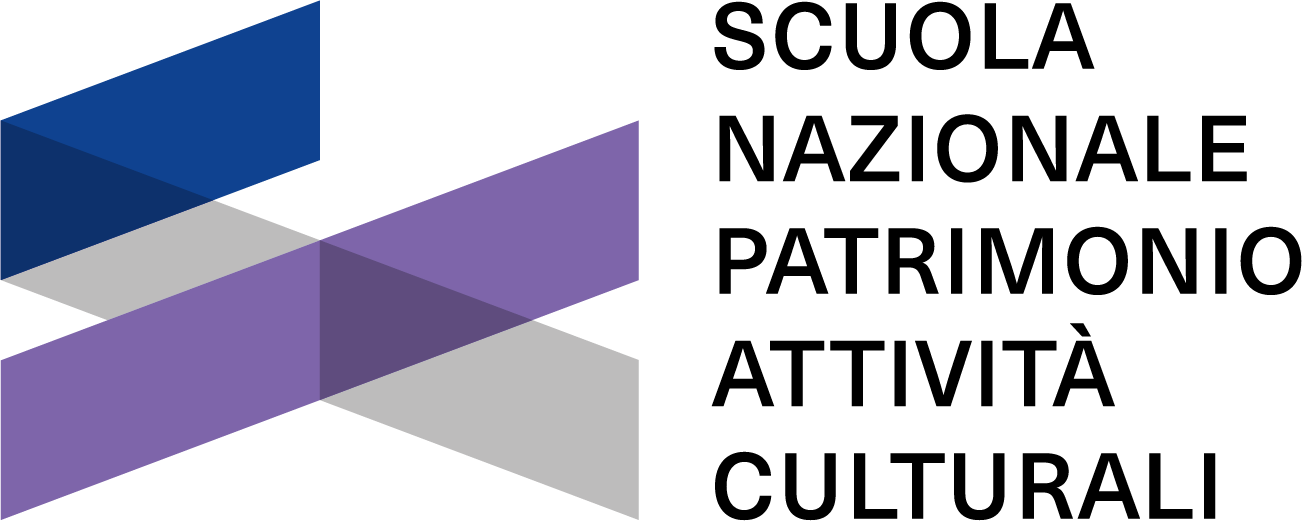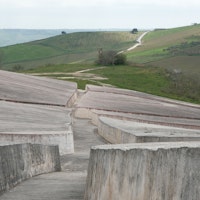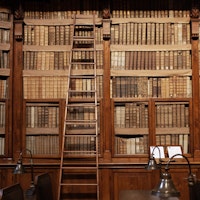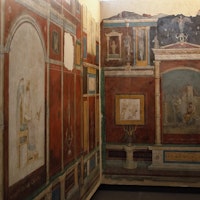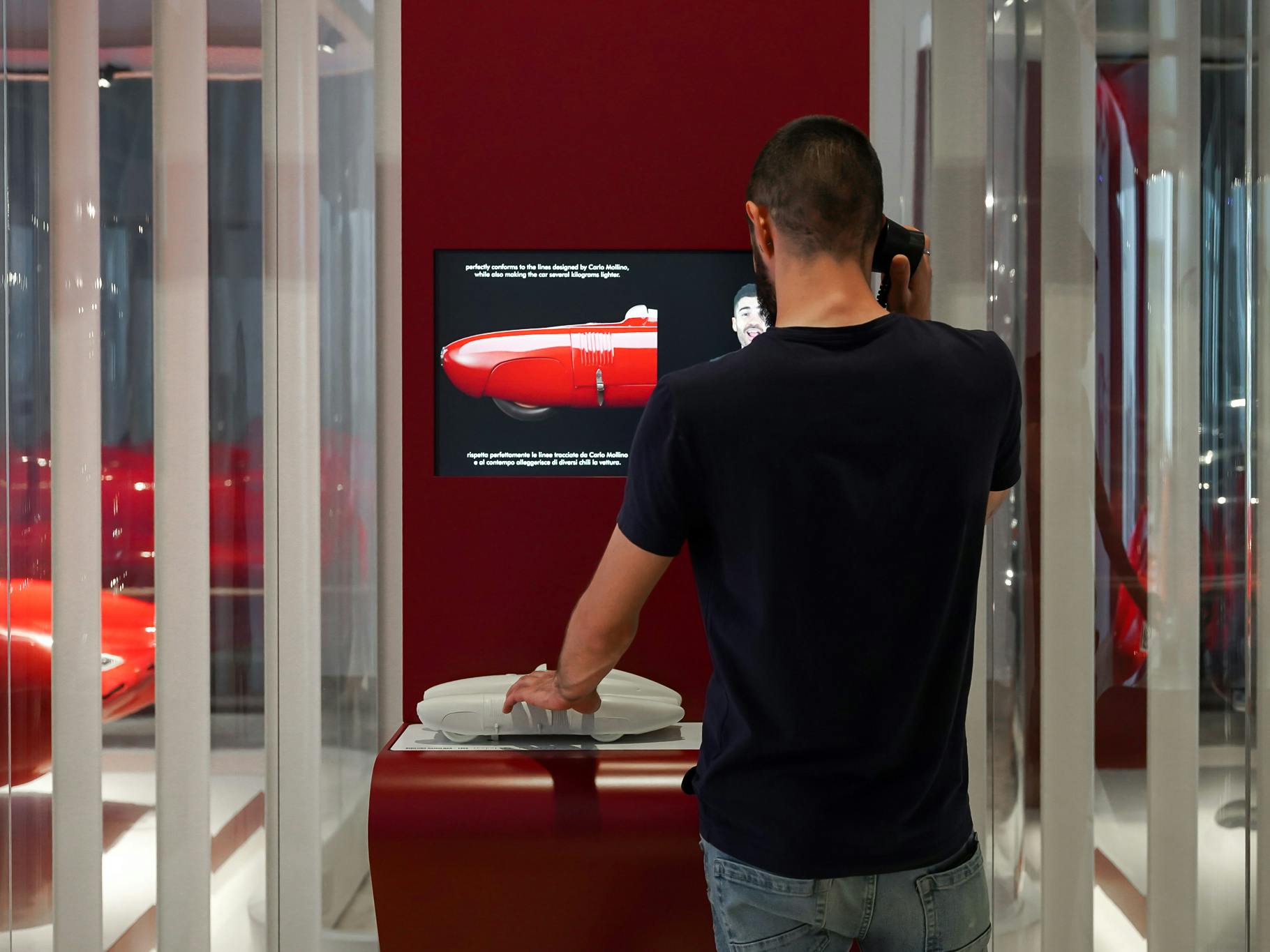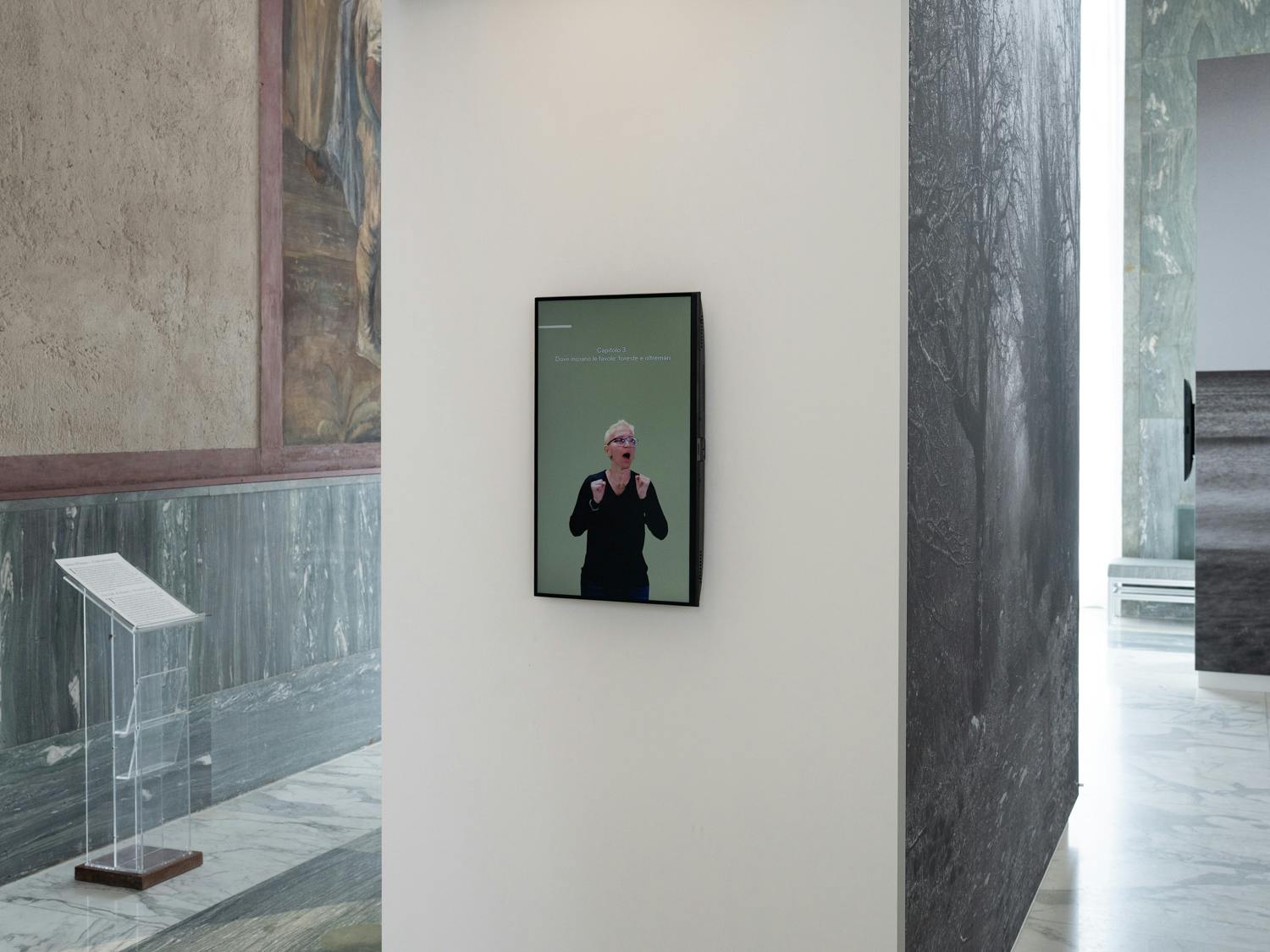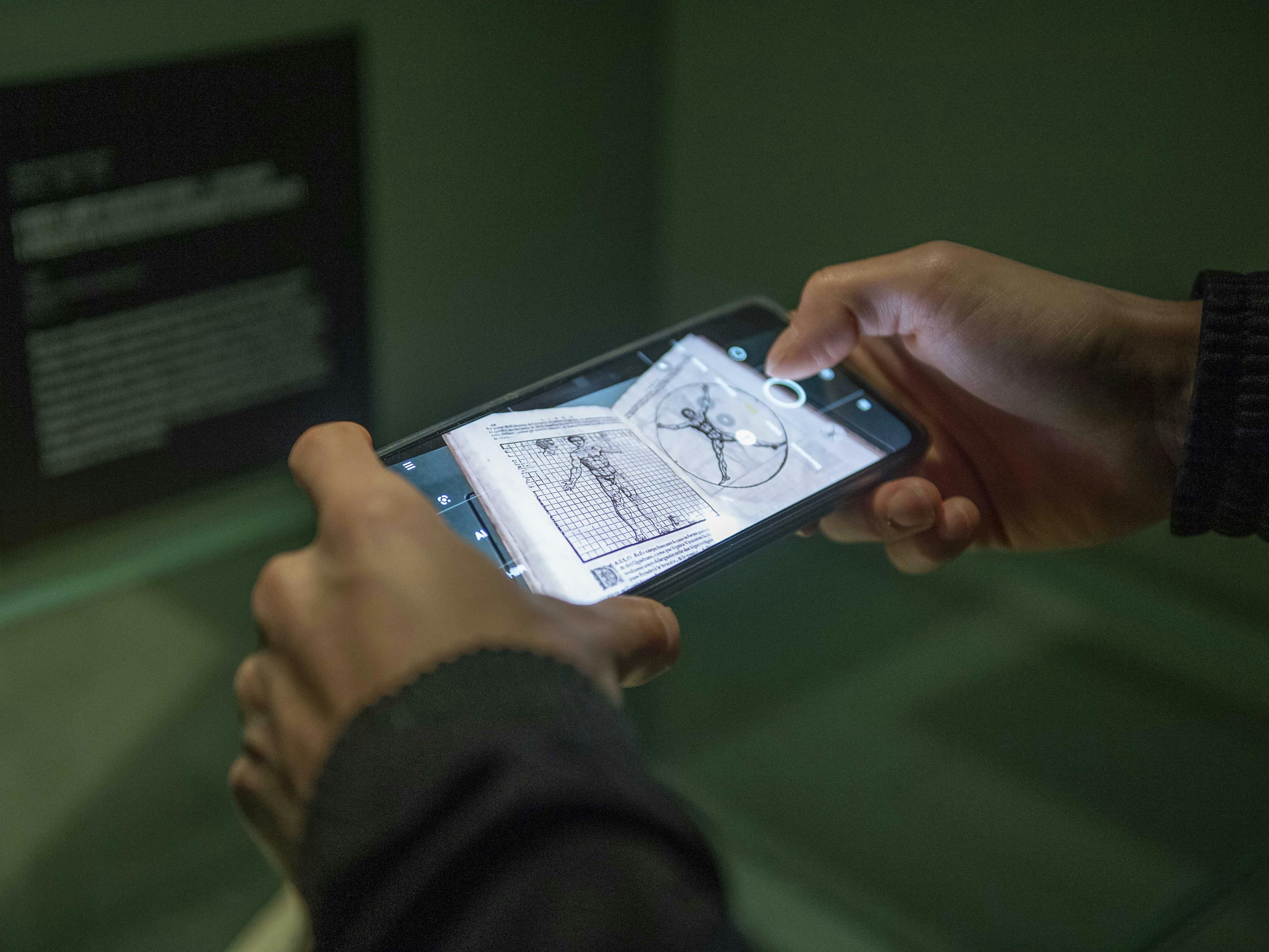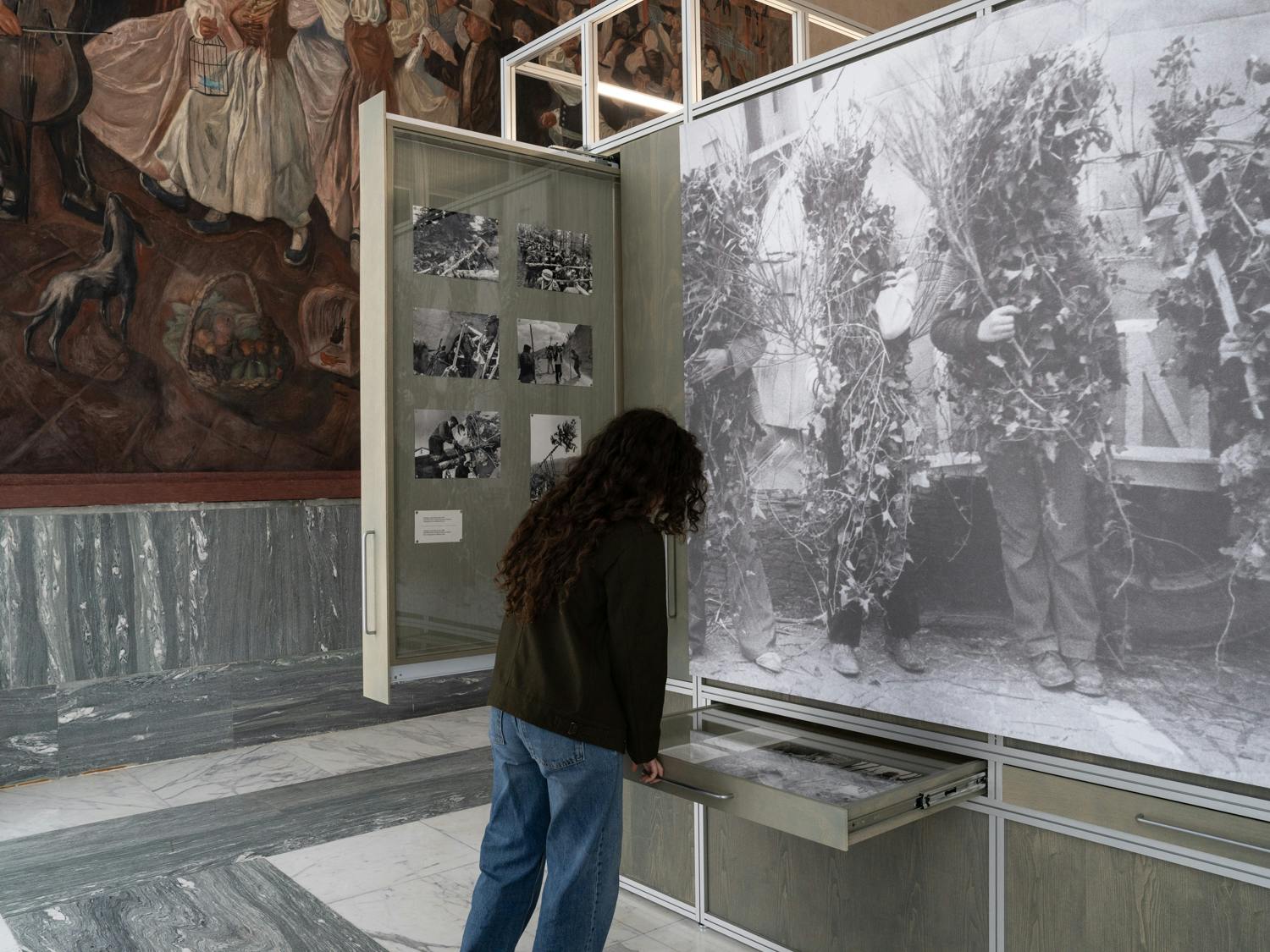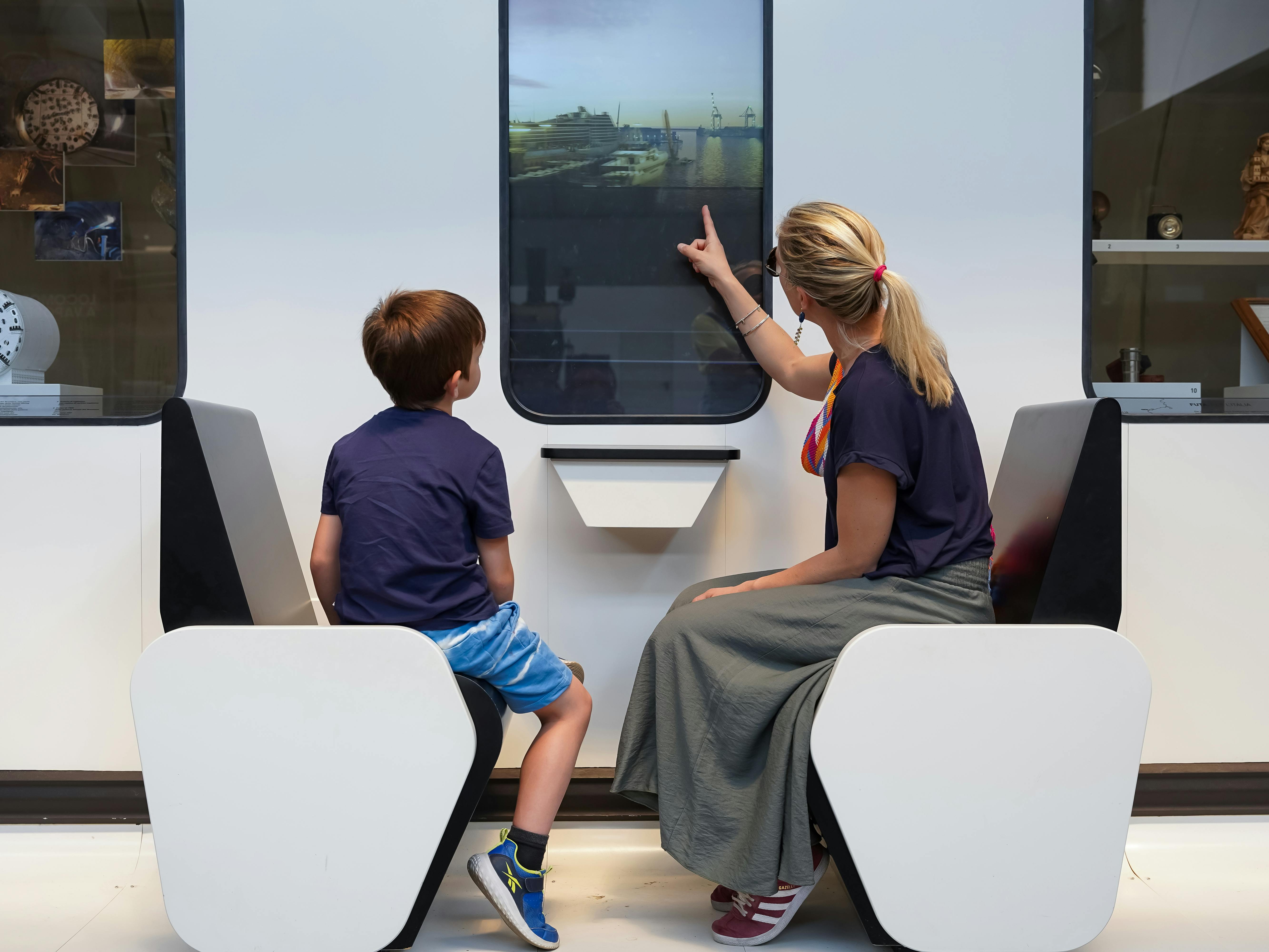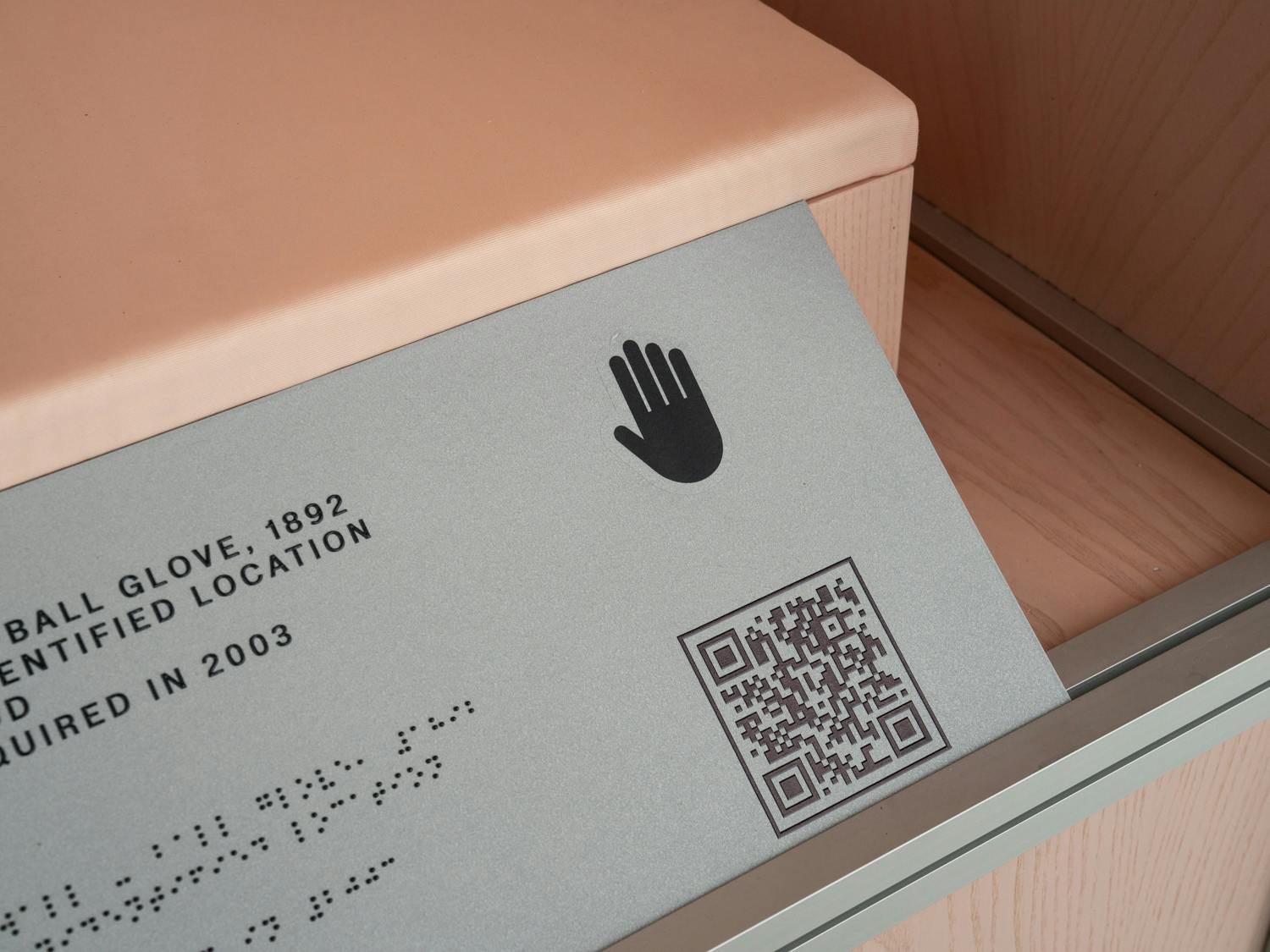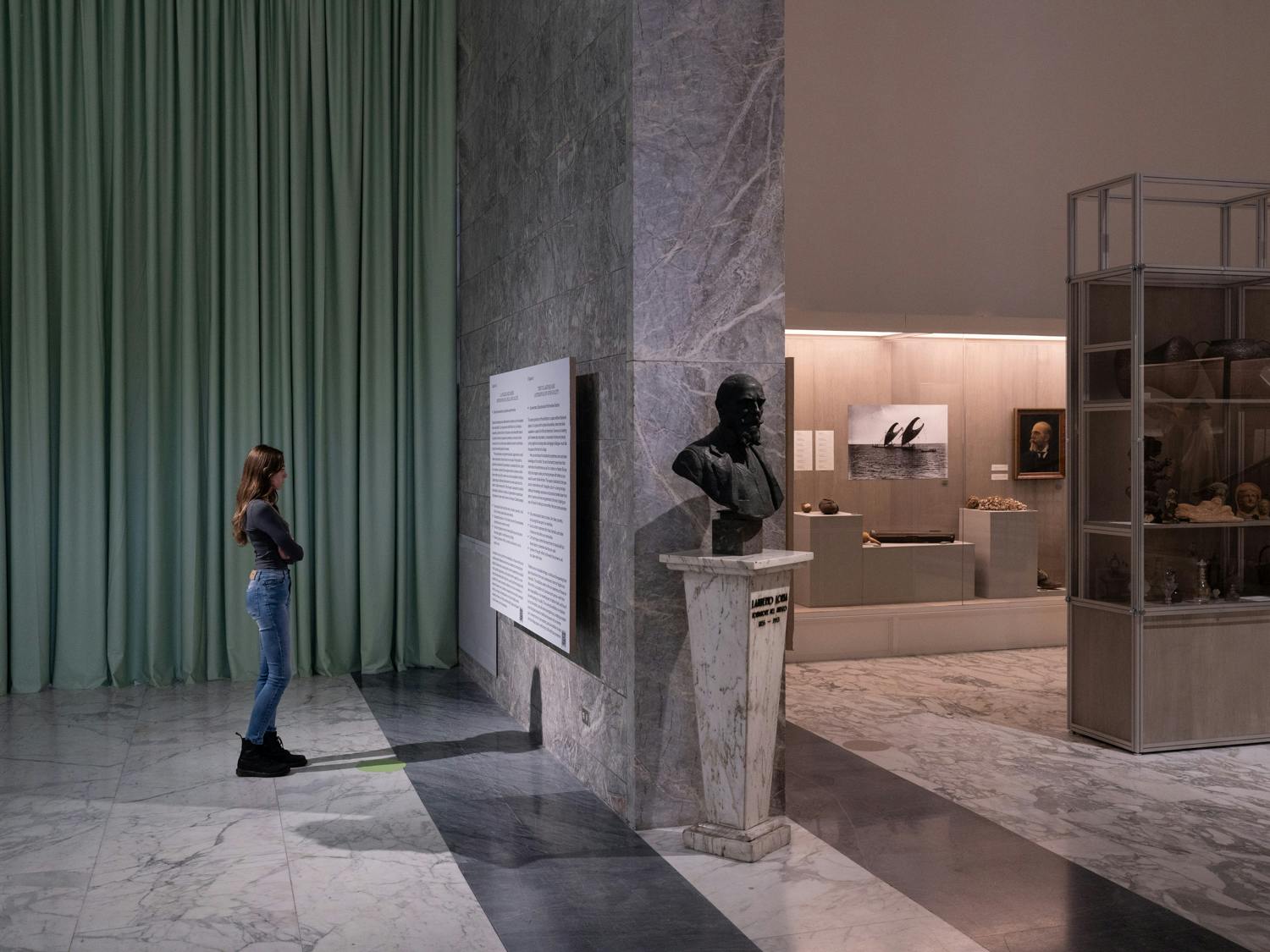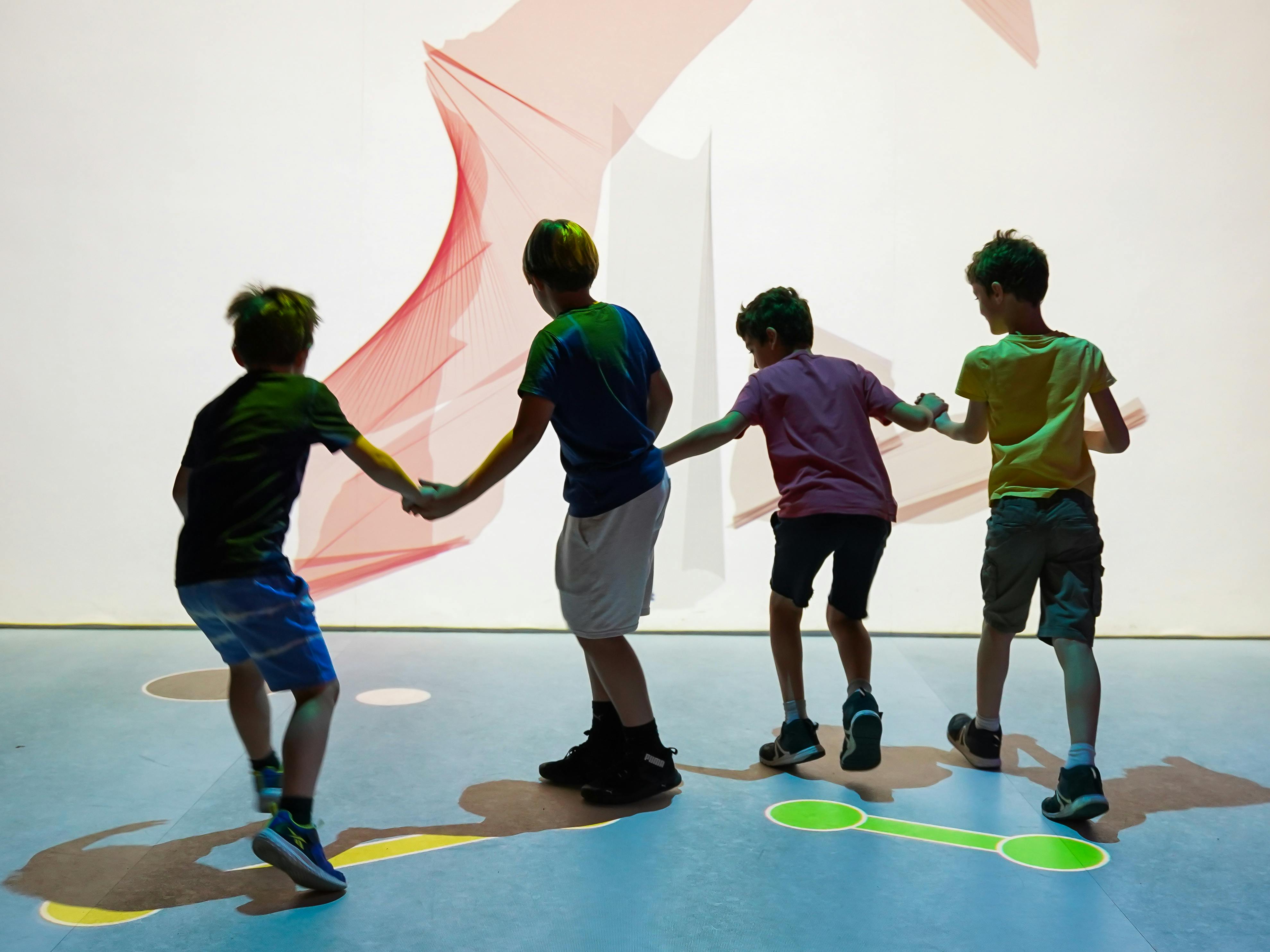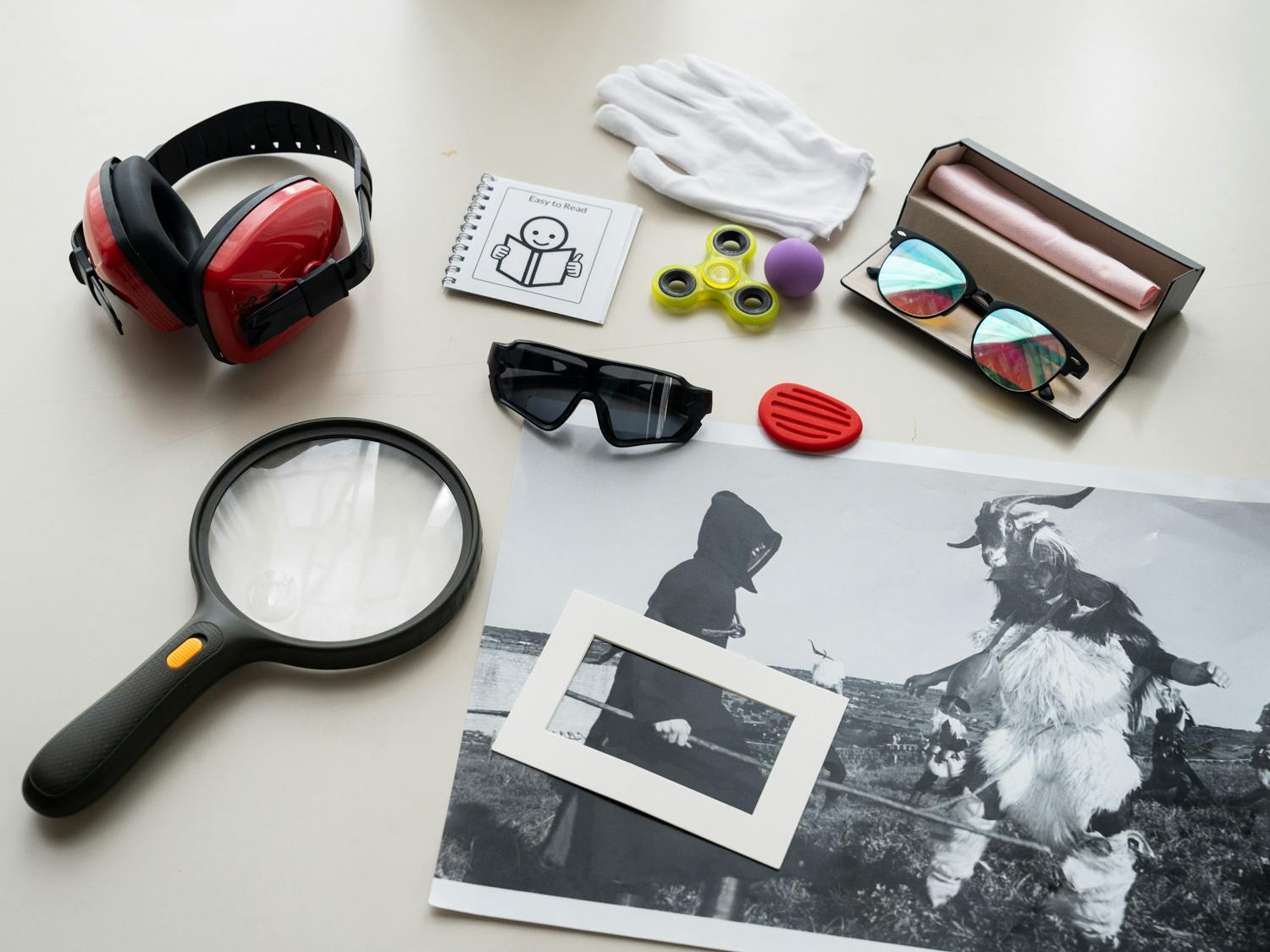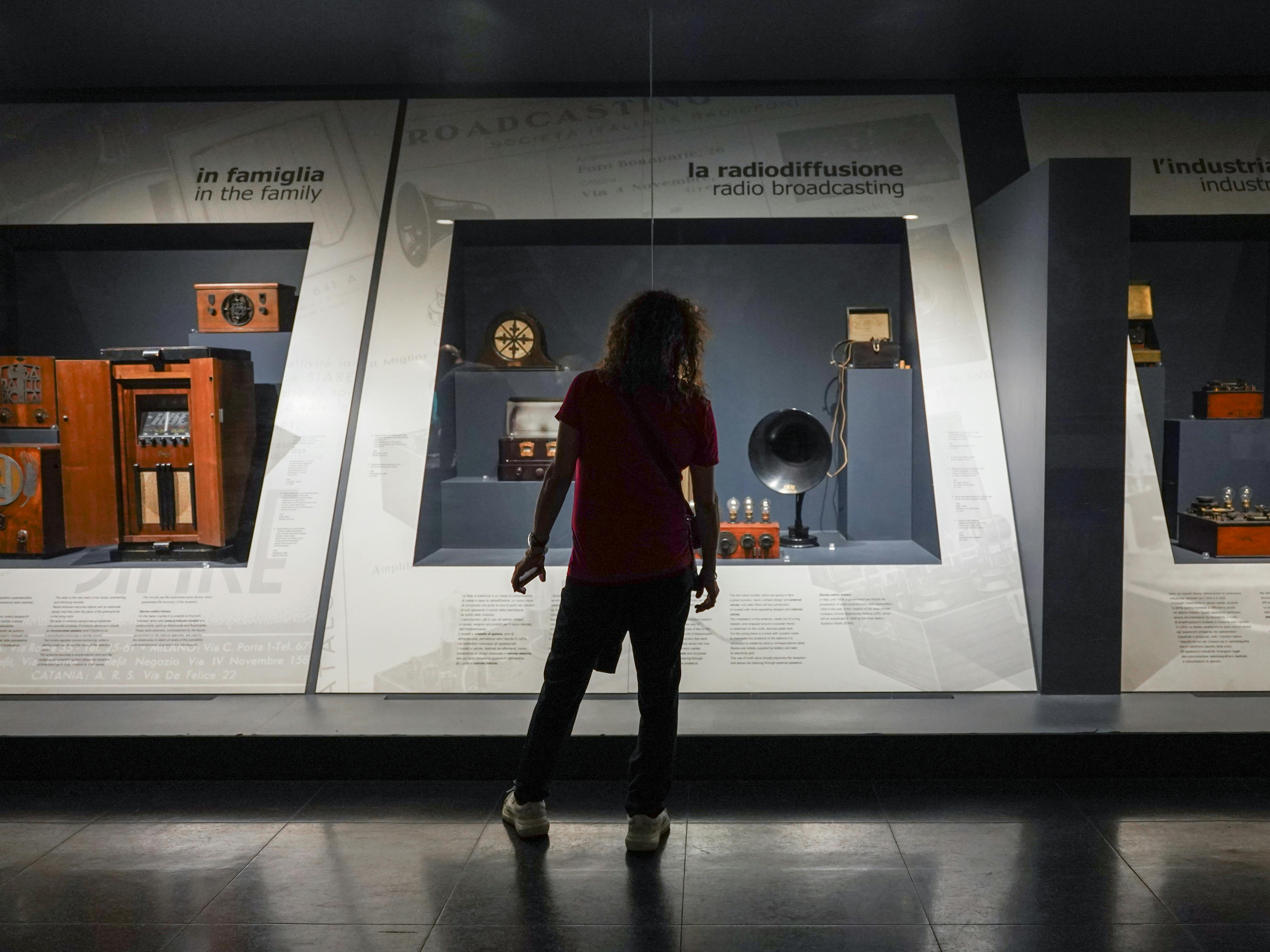Accessibilitànei luoghidellacultura
personeper.it is the first website in Italy entirely dedicated to accessibility issues in cultural sites.
It is a place for reflection, meeting, and discussion, open both to those who produce, promote, and organize culture, and to those who access and participate in culture.
Readings
Readings are the many views and perspectives that – on the subject of accessibility – intersect at every moment of the cultural experience: from the welcome in cultural venues, to the experience lived within them, to the collaborative creation of new models of interaction.
Glossary
A glossary, navigable and hypertextual, of words defined and redefined, sometimes by the authority of history and the scientific and social disciplines, sometimes by the force of facts, by an intuition, by an inspiration.
Agency
Agency is the ability to act actively and transformatively within the context in which one is placed, a capacity that arises from the belief in being able to exert influence over situations or the state of affairs.
There are two types of agency to encourage: that of every individual within the museum context and that of the museums themselves in society, where, by virtue of their role and responsibilities, they can generate positive change.
[Gruppo di Lavoro Accessibilità, ICOM Italia, 10 parole, 2024, edited by Irene Balzani, Sofia Bilotta, Rosa Di Lecce, Irene Innocente, Federica Pascotto]
Agency
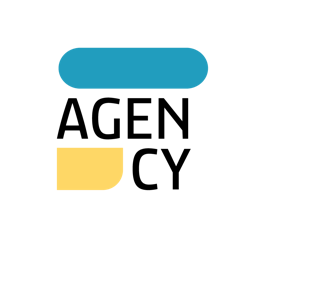
Community
Every museum must consider the various communities, understood as relational systems, and represent them. Museums can also promote a sense of mutual connection, permeability between different groups, and in turn create plural communities. As an institution, the museum must also ensure that every visitor feels comfortable and recognized as part of the museum community.
[Gruppo di Lavoro Accessibilità, ICOM Italia, 10 parole, 2024, edited by Irene Balzani, Sofia Bilotta, Rosa Di Lecce, Irene Innocente, Federica Pascotto]
Community
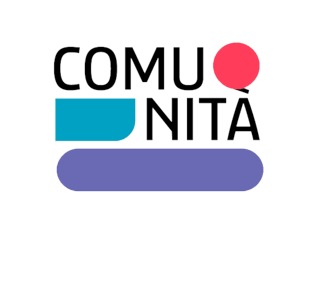
Design for all
Designing for every person means considering accessibility not as something corrective or supplementary but as a fundamental principle, with the awareness that what benefits people with disabilities improves the experience for everyone. Following the principle of Design for all means considering the needs of all visitors and avoiding designing for bodies and minds that conform to a supposed ‘norm’.
[Gruppo di Lavoro Accessibilità, ICOM Italia, 10 parole, 2024, edited by Irene Balzani, Sofia Bilotta, Rosa Di Lecce, Irene Innocente, Federica Pascotto]
Design for all


